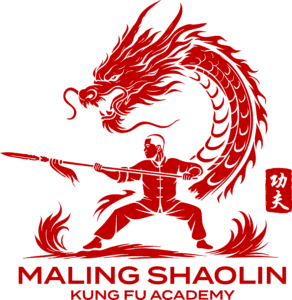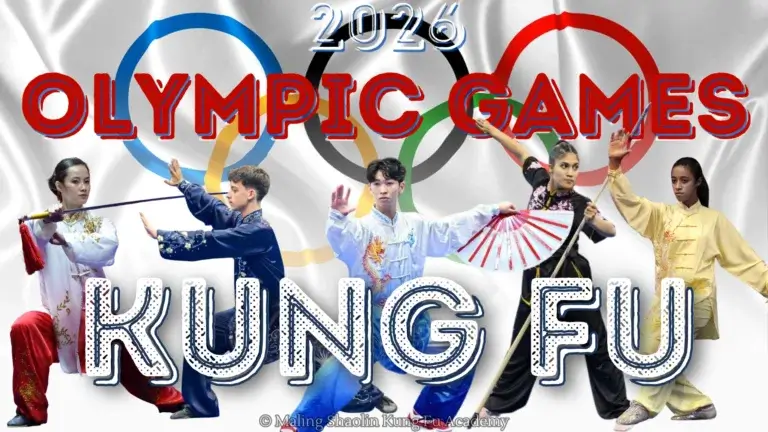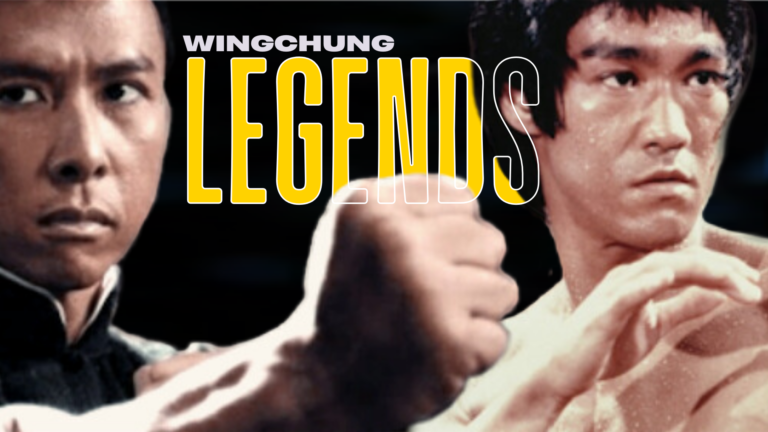
“冬练三九,夏练三伏”
dōng liàn sān jiǓ, xià liàn sān fú
“Train in the coldest days of winter and the hottest days of summer.”
This classic Chinese saying, well-known in Shaolin Kung Fu and other martial arts, encapsulates the traditional wisdom of training in harmony with the seasons. It urges martial artists to persevere through winter’s frost and summer’s swelter, forging strength and character by enduring the year’s most extreme weather. While dedicated practitioners train hard all year round, each season offers unique opportunities. In particular, summer’s intense heat provides the ideal conditions for developing flexibility, agility, and lightness. This article explores why the warmth of summer is the best time to push your stretching limits – blending Shaolin martial tradition, Chinese proverbs, a touch of Traditional Chinese Medicine, and modern science to explain why now is the time to limber up.
Training with the Seasons: Shaolin Wisdom Meets Physiology
Chinese martial arts have long recognized that the human body and training practices should align with nature’s rhythms. At the Shaolin Temple in Henan, for example, monks historically trained outdoors year-round – braving winter snow and summer sun. This gave rise to the aforementioned saying “冬练三九,夏练三伏,” meaning one should train on “Sanjiu” days and “Sanfu” days, i.e. the coldest and hottest periods of the year. In practical terms, Sanjiu (三九) refers to the roughly 21-day span after the winter solstice when temperatures are lowest, and Sanfu (三伏) refers to the dog days of summer when heat is highest. The proverb’s message is that a true martial artist does not shy away from extreme cold or heat, but rather uses those hardships to build skill and resilience.
Poetic Interpretation: “The master practices during the frost of winter and the swelter of summer.”
Such dedication is a hallmark of traditional Shaolin Kung Fu. Former Shaolin monk Wang Deqing recalled the rigor of temple life: “No matter [how] cold the wind or how scorching the sun, we followed the morning bell and evening drum, training day after day… Without strong willpower it would have been impossible to persist”.
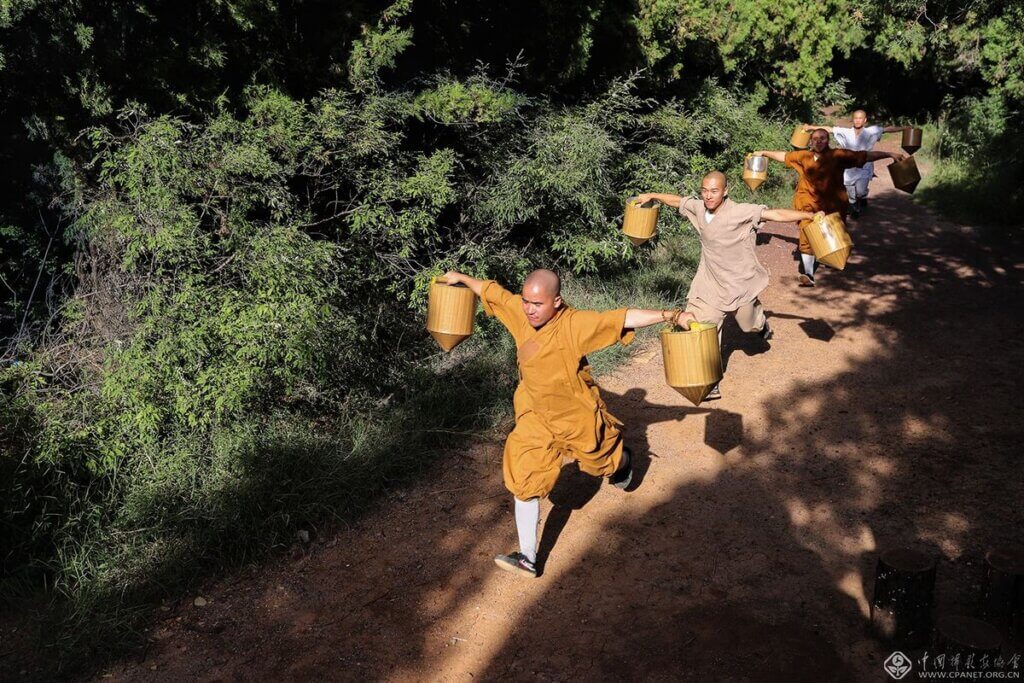
Modern exercise science actually supports this ancient wisdom. Warmer conditions literally warm up the body, loosening tissues and increasing pliability. In contrast, frigid weather can make muscles and tendons stiff and injury-prone – “like a rubber band in winter [that] becomes hard and brittle, easy to snap,” as one sports medicine article vividly notes. In fact, physiological research confirms that heat increases muscle and ligament flexibility, reducing the force needed to bend a joint, whereas cold has the opposite effect. One study found that raising muscle temperature (with heat packs) improved knee tendon flexibility by ~25% compared to cold conditions. In plain terms: warm muscles stretch further with less risk. This is exactly why coaches emphasize warming up before exercise – and why summer, nature’s own heat therapy, is the prime season for stretching breakthroughs.
Summer: The Season of Supreme Flexibility
Summer in China can be fiercely hot, especially during Sanfu (the roughly 40 days spanning mid-July to mid-August). Yet rather than seeing heat as an obstacle, kung fu practitioners view it as an ally for certain training goals. Chief among these is flexibility. When the air is warm and your body’s core temperature is up, your muscles, tendons, and ligaments all become more supple. Metabolism speeds up and blood circulation increases, flooding tissues with oxygen and nutrients. According to sports science findings, when muscle temperature rises, muscle viscosity drops and elasticity increases, thereby improving flexibility and range of motion. The heat effectively “melts” the stiffness out of your limbs.
Summer provides this looseness almost as a given – your baseline body temperature is higher throughout the day. Famed Shaolin routines like deep stretching and high kicks feel more attainable after you’ve jogged under a summer sun than on a cold morning. In fact, athletic performance experts note that a slightly higher ambient temperature directly benefits flexibility and speed. Warm muscles contract faster and with better coordination. As one analysis notes, “higher temperature has beneficial effects: muscle temperature rises; muscle-fascial viscosity drops; elasticity and flexibility increase; and muscle contraction speed improves.” In the kung fu context, this means that on hot days you can safely work on those splits, acrobatic kicks, and explosive movements with a lower risk of muscle strain. The body simply responds more fluidly when it’s warm. Conversely, in cold weather the same moves might require a much longer warm-up and still carry greater injury risk due to tightness.
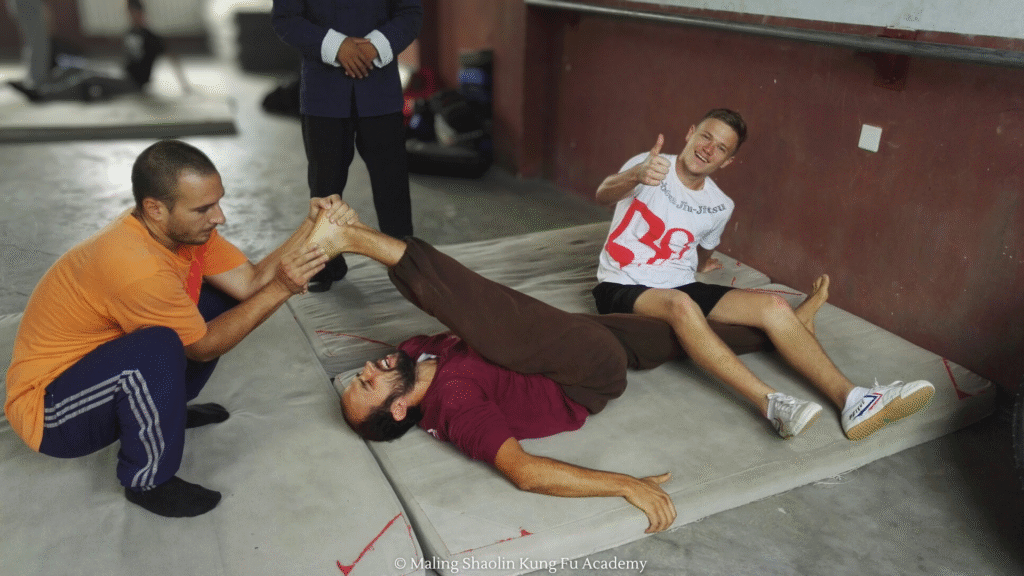
At many martial arts schools in China, summer is treated as the prime season for flexibility training. In the height of summer at the Shaolin Temple, students dedicate extra time each day to stretching routines, taking advantage of their limber muscles. While winter training often emphasizes stance strength and endurance, summer training tilts toward 开筋骨 – “opening the sinews and bones.” A health column in the People’s Daily even advises that during the Sanfu hot days, one should “pay attention to stretching the muscles and joints, increasing the body’s flexibility”, recommending exercises like tai chi, yoga, or swimming performed to the point of a light sweat.
“筋长一寸,寿延十年”
“For every inch of tendon gained, life is extended by ten years”
From a Western scientific perspective, this seasonal advantage makes perfect sense. Warmth causes vasodilation (widening of blood vessels), which floods muscles with blood, oxygen and nutrients, while also making muscle fibers more extensible. According to the Encyclopædia Britannica, heat not only increases blood flow (flushing out lactic acid) but also makes muscles more elastic by relaxing muscle fibers and connective tissue. This is why physical therapists often apply heat packs before stretching a patient’s tight muscles. One medical study concluded plainly: “Heat is beneficial in increasing muscle and ligament flexibility and may help reduce athletic injuries”. In contrast, anyone who has tried to stretch with cold muscles knows the feeling of tightness and pain – because low temperature increases muscle viscosity (thickness) and decreases elasticity, requiring more force to achieve the same stretch. The summer environment naturally does half the work of “warming up” for you, allowing a greater focus on deep stretching and skill practice rather than on fighting the chill.
Traditional and TCM Perspectives: Summer’s Yang Energy
An oft-cited principle of Traditional Chinese Medicine (TCM) is:
“春夏养阳,秋冬养阴”
“nurture yang in spring and summer, and nurture yin in autumn and winter.”
Summer is the season of Yang – associated with heat, vigor, and activity. The body’s Yang energy is at its peak, and qi and blood flow smoothly through the body. In fact, there is a TCM axiom called “冬病夏治,” “treat winter illnesses in summer,” which reflects the belief that the body’s heightened summer vitality can be used to address issues that flare up in cold weather.
The Shaolin Temple’s approach historically integrates such ideas. Many Shaolin masters have also been practitioners of Dit Da (traditional Chinese sports medicine) and understand the importance of nourishing the body according to seasons. For example, after training they might prescribe herbal liniments or 三伏贴 (herbal patches applied in summer) to support the joints and tendons.

TCM theory states “肝主筋” – “the Liver governs the tendons” – and that the liver’s blood must nourish the sinews for them to be healthy. A popular TCM saying is “筋喜柔不喜刚,” “the tendons prefer flexibility, not hardness.” Gentle stretching and gradual warm-ups are advised so as to “soothe the sinews” and circulate blood, avoiding sudden force that could strain tight tissues.
Do note that hydration and rest are also emphasized – these sayings may encourage training in hottest days, but it doesn’t mean recklessly risk heatstroke. Masters advise drinking water, using shade wisely, and listening to your body. In this way, summer training can be both safe and highly productive.
Did you know?
Qigong, Yijin Jing, and other internal practices are not just forms of meditation or movement—they are foundational elements of Traditional Chinese Medicine (TCM). Within the Shaolin Temple, these methods are taught not only to cultivate strength and resilience, but also to nourish internal organs, balance qi (vital energy), and support overall health in harmony with seasonal shifts.
These internal arts are deeply rooted in TCM principles: Yijin Jing focuses on transforming the tendons and muscles, while qigong emphasizes regulating breath, posture, and intent to circulate qi and blood. Their benefits align with TCM goals such as strengthening the liver (which “governs the tendons”) and enhancing the body’s Yang energy during summer.
At Maling Shaolin Kung Fu Academy, Headmaster Bao—himself a recognized successor of Yijin Jing—was trained in multiple lineages of qigong and traditional medicine under Grandmaster Shi De Qian, one of the temple’s most respected scholars and historians. This legacy continues today, where physical training is seamlessly integrated with internal cultivation and health-preserving wisdom.
Embracing the Heat: Benefits and Motivation for Students
For a kung fu student (or any athlete) perhaps unaccustomed to non-stop training in 35°C weather, the prospect might seem daunting. But understanding the benefits can be a powerful motivator. Training in summer provides a natural advantage: muscles that felt “stuck” in spring suddenly start to open up in July. Many students report improvements in forward bridges, splits, and acrobatic movements due to deeper stretching with less pain. Research shows that applying heat during stretching significantly increases range of motion.
And since improved flexibility correlates with reduced injury rates – flexible muscles and tendons are less likely to tear under stress – you are building a foundation that will protect you in harsher conditions. One could say you “store up” flexibility in summer that pays off in winter. When the cold months return, your body remembers those gains (provided you maintain basic stretching), and you’ll be less prone to the kinds of muscle pulls that plague the inflexible in cold weather.
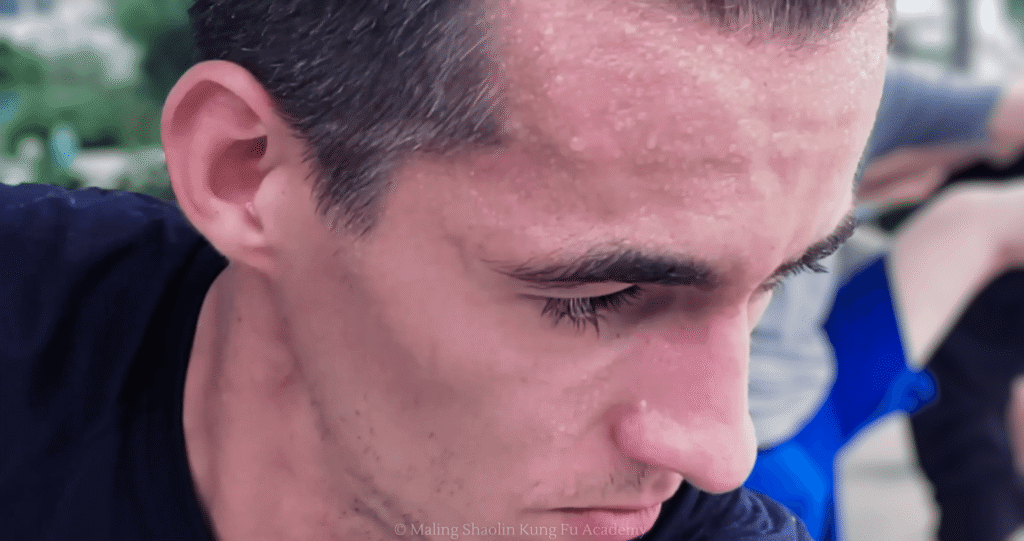
There is also a mental benefit. Training in the hottest days of summer requires grit and determination – you learn to stay focused through discomfort, to manage your energy and breathing under oppressive heat. This toughens the mind and willpower, a key goal of traditional martial arts. As Wang Deqing’s story illustrated, enduring “烈日酷暑” (scorching heat) at Shaolin was as much a test of character as of physical skill. When you push yourself to hold a stretch a few seconds longer despite sweat pouring down, you are not just lengthening muscles – you are strengthening your perseverance. Come fall or winter, that experience translates into greater confidence in your abilities. You know that if you could survive xia lian sanfu – training through the dog days – then a chilly morning run or a tough sparring session is no big deal.
From a narrative standpoint, imagine a typical summer day at a kung fu academy in Dengfeng. Morning 5:00am: students gather as the sun rises. The air is warm and buzzing with cicadas. After a jog, the group begins stretching – splits on benches, deep lunges, back bends. The heat envelops them like a blanket, and within minutes everyone is drenched in sweat. Muscles glisten and yield. An instructor shouts, “Go further, yong li (use strength) – today you can reach a bit more!” Later in the day, under the trees, they practice quick kicking drills and acrobatics. The heat that made them limber also makes their movements swift. By evening, they’re exhausted but exhilarated.
Conclusion: Make Hay While the Sun Shines (and Stretch While It’s Hot!)
In conclusion, summer truly is the prime time to work on your flexibility – especially if you are training in the traditional kung fu way, exposed to the elements and attuned to natural rhythms. The ancient mantra “train in winter’s cold and summer’s heat” isn’t just about developing toughness; it reflects an understanding that extreme conditions confer unique benefits.
Modern science confirms that warm muscles and connective tissues respond more favorably to stretching, with increased range of motion and reduced injury risk. Traditional Shaolin monks, without lab tests or thermal imaging, grasped this through centuries of experience – and enshrined it in their training folklore.
So if you find yourself at a kung fu school in China (or even just a local gym) in the height of summer, don’t shy away from the heat. Embrace it wisely: train at cooler times of day, stay hydrated, and push your flexibility training to new limits. Stretch yourself – literally and figuratively – to new heights.
